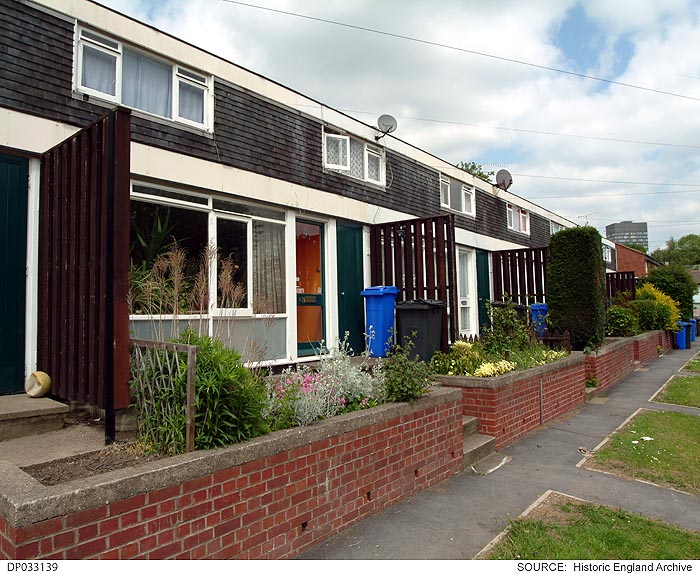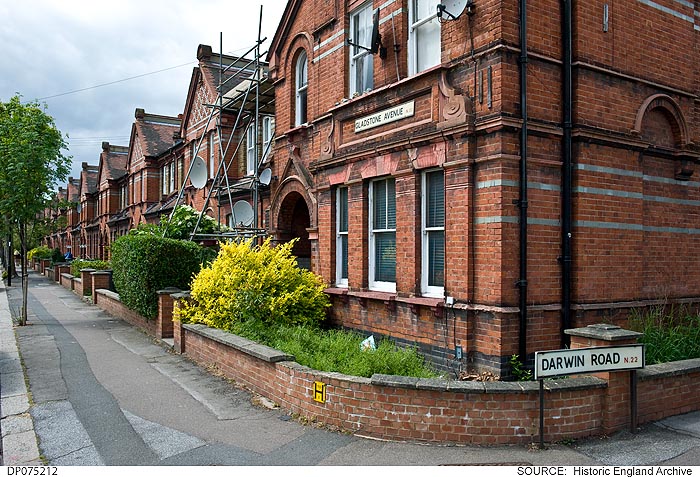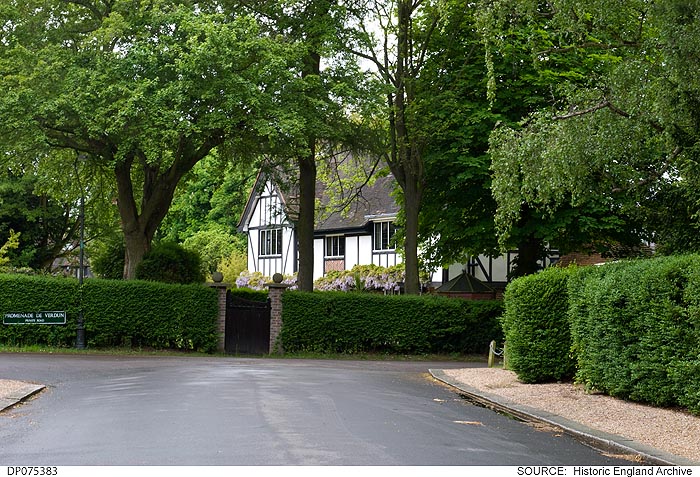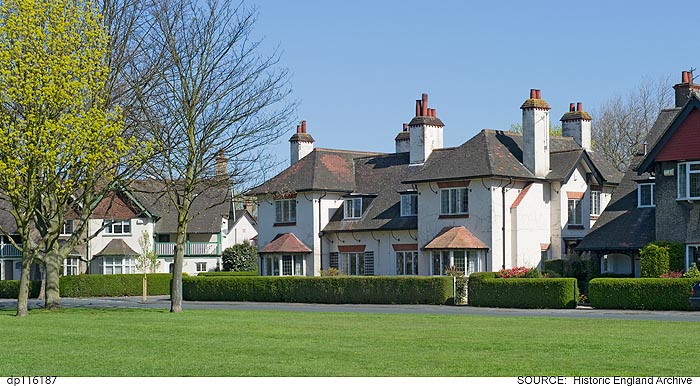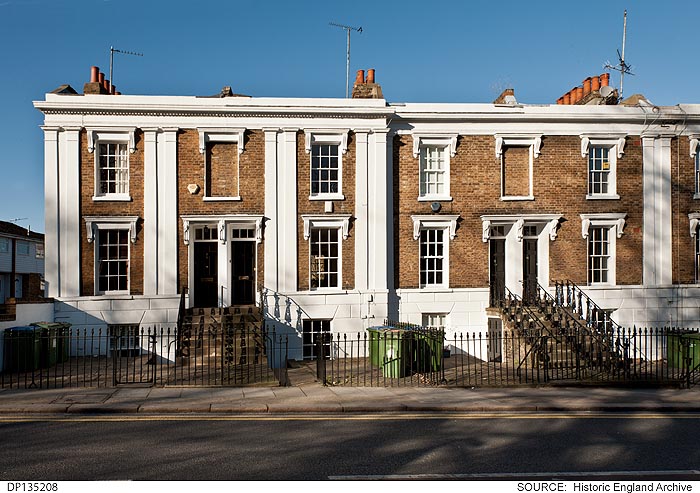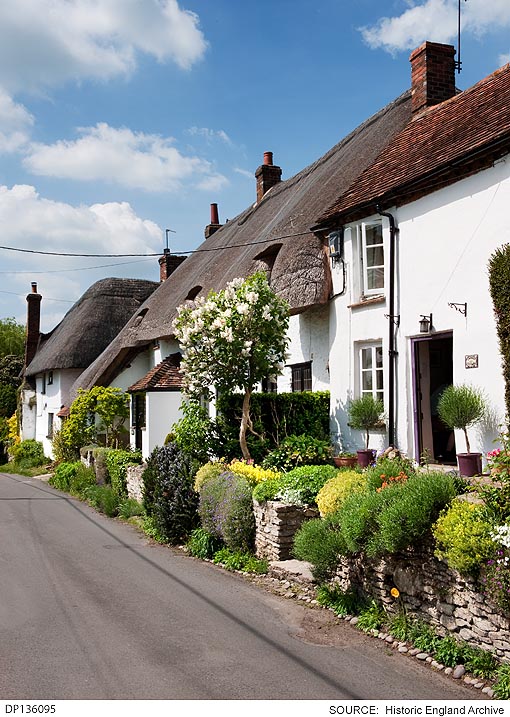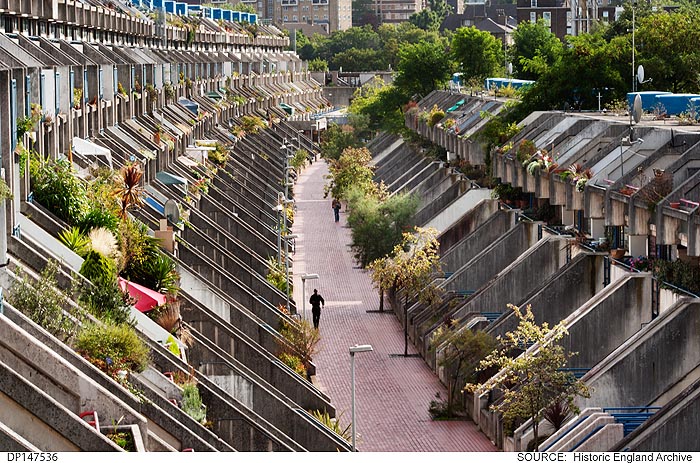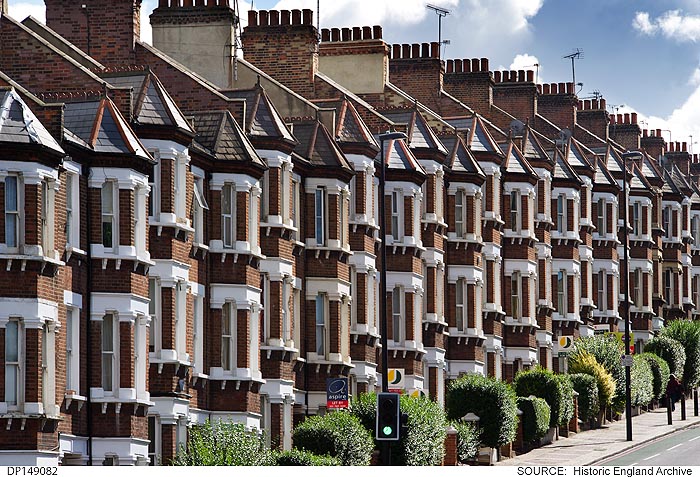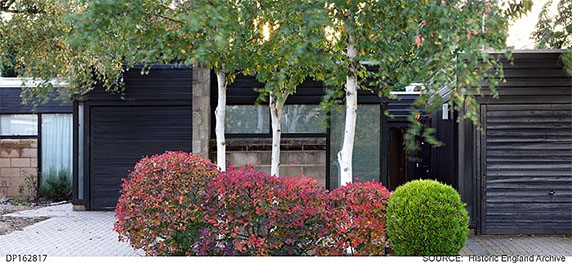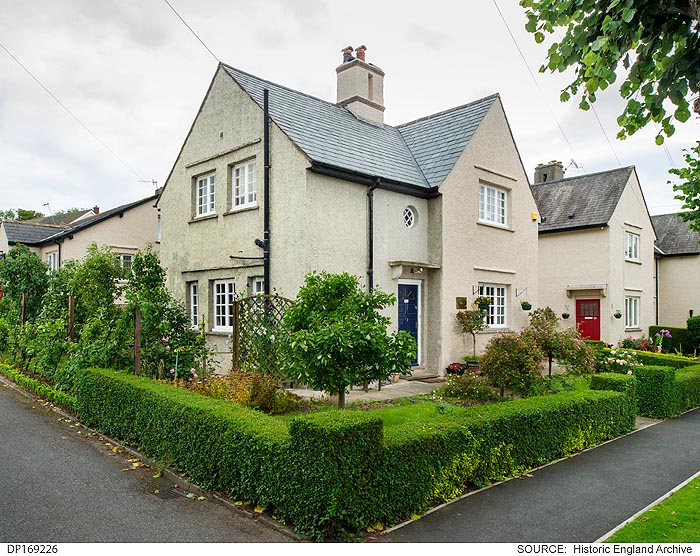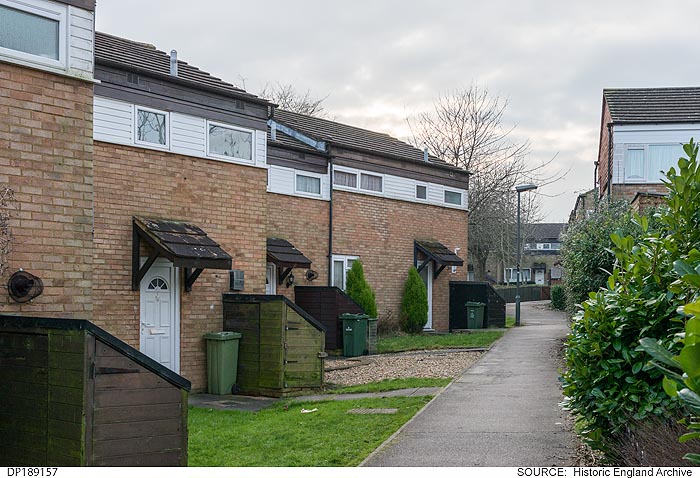I Want to Alter the Area Around My House
Most older houses have a back yard or garden, and many have front gardens to separate the house from the street. Large or small, this outdoor space provides the setting for your house – the surroundings that allow it to be appreciated and add to its interest.
Discovering the historic layout for your garden
If you live in a town or city, even a small outside space may have historic features – boundary walls, gates and railings, paths, trees and hedges. There may be even older features that pre-date your house. The pattern of hedges and walls along the street can create a distinctive and often admired leafy linear feature.
Your garden is an important element of this landscape. The care and upkeep of period features, and even reinstatement, will strengthen the character of your home and even the choice of plants and planting style can help evoke the period. In the country, gardens are often larger, with interesting outbuildings or garden structures, and perhaps traces of former kitchen gardens and fruit trees.
Looking at your street and neighbourhood may give you clues about the original layout, features , planting and traditional materials like flint and brick, panelled brickwork, or drystone walls. If you live in a conservation area, your local authority may have carried out a Conservation Area Appraisal, which could provide further information.
Old photographs and maps can be helpful too. For more research ideas see Your Home's History. Books on period homes will give you ideas about front gardens and planting styles.
Consents and permissions
You may need consent to make changes to the area round your house. If your house is listed, structures in the garden such as walls and outbuildings are usually also protected, so you may need consent before you remove or alter them.
Major landscaping or engineering work usually needs planning permission. Your local authority has to take into account the effect of such work on the area, particularly if your house is listed or in a conservation area.
New parking space
You need planning permission to lower the kerb in front of your house, and to use impermeable materials such as concrete for the parking space. You may also need consent if you want to take down a wall (see section below).
The government has issued guidance on parking on front gardens because this can exacerbate rainwater run-off leading to flooding. The government's Planning Portal provides guidance on the rules about paving front gardens. The Royal Horticultural Society provides ideas for greening front gardens and creating car parking space.
Walls and boundaries
If your house is listed, or you are in a conservation area, you are likely to need consent to remove all or part of the front wall. Boundary structures are often as old as your house, and walls and railings have historic and architectural value. Some boundaries and gateways are listed in their own right. Repair is usually better than replacement, and keeping old gates, fences and walls will conserve the character of your house, garden and the street.
If you intend to build a new wall or fence, you need planning permission if your house is listed, or if it’s required by an Article 4 Direction in a conservation area. For other situations, you need permission for anything over one metre high next to a public highway or over two metres high elsewhere. There is more information on the government's Planning Portal: Fences, Walls and Gates.
Trees
If you want to cut down or lop a tree protected by a tree preservation order (TPO) or a tree in a conservation area you must notify your local planning authority first. If you are worried that a tree is endangering your house, a tree professional can assess the tree’s condition, or check that the roots are not a problem.
Think about wildlife and avoid work to trees and hedges in the nesting season. Some animal species are protected, and you will need advice if bats might be affected. For information on trees and hedges see the government's Planning Portal: Trees and Hedges.
Historic gardens and archaeology
The most important historic gardens and landscapes in England are registered and included in the National Heritage List for England (NHLE). There are over 1,650 sites.
Their special interest is taken into account in making decisions about planning applications. Other gardens can be locally important and may be on your authority’s local list or local register of historic gardens.
If your garden is important for its historic design or archaeology, find out more about it before planning alterations.
If you live in an area where there is important archaeology and you intend to make changes to your garden, first check with your local planning authority or Historic England to see if it is on the Register of Historic Parks and Gardens or designated as a scheduled monument and whether any controls apply - for example, where works such as earth-moving/landscaping is being proposed.
More advice on looking after historic parks and gardens is provided in our technical guidance.
If you’d like to find out more about historic parks and gardens in your local area and get involved in research why not join your county gardens trust .
Area around your home photo gallery
Please click on the gallery images to enlarge.

